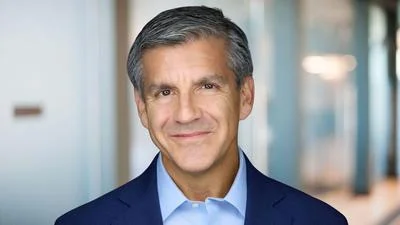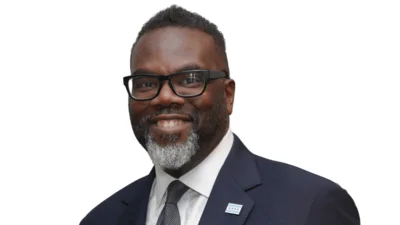Chicago Teachers Union logo | X / Chicago Teachers Union
Chicago Teachers Union logo | X / Chicago Teachers Union
For decades, the Chicago Teachers Union has done whatever was necessary to get what it wanted. Strikes. Walkouts. Shutdowns. Vitriol. Attacks. They rolled former mayor Rahm Emanuel twice. And they chewed up Lori Lightfoot. Their reward from Chicago and state pols? More money, more personnel and more power, as we documented in our WSJ opinion piece here.
The union has parlayed that power into control of the mayor’s office and now it’s supercharging the vitriol. It’s threatening to plow through everything – including financial reality – to get what it wants when its current teachers contract expires in June. CTU president Stacy Davis-Gates said as much in her recent “$50 billion” City Club speech, as we outlined here.
What shouldn’t be forgotten is how much damage the last contract inflicted on Chicagoans. As negotiations heat up, here’s a reminder:
The 2019 contract negotiations
In 2019, newly-elected mayor Lori Lightfoot began negotiations by offering the CTU the “most-generous” contract in its history. If her goal was to reset relations with the union after the adversarial years of Rahm Emanuel, it was doomed from the start. Lightfoot’s generosity was repaid with an 11-day strike that ended with the union extracting even more benefits from the shrinking school system:
- The average CPS teacher received a salary hike of 24% over five years. By the contract’s end, the average pay for teachers based on the contract’s salary schedule will be close to $100,000.
- A second-year teacher’s salary rose from $53,000 in 2019 to $72,000 by the end of the 5-year agreement, a 35% pay raise.
- CPS agreed to increase teachers’ health insurance subsidies and freeze the cost of deductibles, co-pays, and other charges for the entire five-year term of the contract.
- CPS promised to add at least 200 more school social worker positions to the city’s schools and at least 250 additional full-time nurse positions over the next five years.
The benefits in the contract pushed CPS teachers’ compensation up to some of the most generous in the nation. In fact, the district’s pay scale now ranks between 1st and 4th-highest of all of its big-district peers.
A newly-hired Chicago teacher with a bachelor’s degree will receive an annual salary of over $63,000 after adjusting for cost of living. That’s the highest starting salary of all the 148 biggest school districts in the nation, according to teacher contract data compiled by the National Council on Teacher Quality.
By comparison, New York City pays new teachers $55,700 after factoring in the cost to live there. And Los Angeles pays its new teachers just $50,186.
In total, the 2019 contract cost Chicagoans an additional $1.4 billion over the past five years – and that doesn’t include the added cost to pensions due to the contract’s higher salaries.
And how were Chicagoans rewarded during that contract? The CTU did everything in its power to keep the city’s children out of classrooms during the pandemic. Teachers walked out multiple times when CPS tried to reopen schools and the union declared anyone who wanted to reopen schools was racist.
And after that, the CTU demanded the district maintain disruptive mitigation measures – like masking children – in place for far longer than were ever necessary.
Spending at CPS also jumped dramatically during the pandemic. The all-in per student spend since the 2019 contract has jumped by a whopping 40 percent, to more than $29,000. And despite all that spending, today fewer CPS kids are reading and doing math at grade level when compared to 2019.

More than money
Chicagoans are about to pay a lot more for the “privilege” of sending their children to failing city schools. But the damage the CTU plans to inflict with its new contract goes far beyond money.
Davis-Gates said in her speech that the union wants to spur a “cultural transformation” of CPS and the city. The union has already managed to remove police from schools, but they have a host of other priorities:
- Spending even more on – and staffing up – nearly empty, failing schools.
- Ending selective enrollment, magnet and charter schools.
- Spending millions on priorities like healthcare and rental assistance.
- Ending standardized testing of students and other accountability metrics.







 Alerts Sign-up
Alerts Sign-up